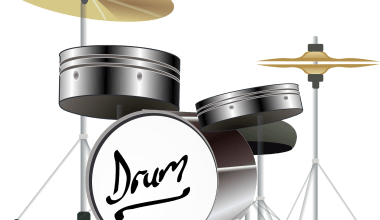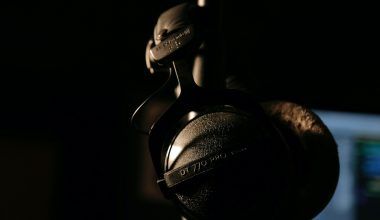audio mixing definition is an essential process in the world of sound production, but it doesn’t have to be complicated. At its core, audio mixing is about blending different audio elements into a cohesive and polished final product. This can include adjusting the levels of vocals and instruments, balancing sound frequencies, and adding effects to create depth and texture. Whether you’re mixing music, podcasts, or film audio, the goal is always the same: to make it sound great.
Why Is Audio Mixing Important?
Imagine listening to your favorite song, but the vocals are so quiet that you can barely hear them over the guitar. Or perhaps a podcast where one speaker’s voice is too loud, and the other is barely audible. That’s where audio mixing comes in. It ensures that every sound has its place and contributes to a harmonious listening experience.
Good mixing can make or break a piece of audio. It’s the secret ingredient that transforms raw recordings into professional-quality sound. And while technology has made audio mixing more accessible, it’s still a skill that requires practice, patience, and a good ear.
The Basics of Audio Mixing
So, what does audio mixing definition actually involve? Let’s break it down step by step.
1. Setting Levels
The first step in audio mixing is adjusting the volume levels of each track. For instance, in a song, you’d ensure that the vocals stand out while the instruments support them without overpowering. Similarly, in a podcast, you’d balance the dialogue and background music.
2. Panning
Panning is about placing sounds in the stereo field—left, right, or center. This creates a sense of space and helps the listener feel immersed in the audio. For example, you might pan the drums slightly to the right and the guitar to the left to make each instrument more distinct.
3. Equalization (EQ)
Equalization is like sculpting the sound frequencies to make each element shine. High frequencies might make vocals crisp, while low frequencies can add depth to a bass guitar. Proper EQ prevents sounds from clashing and ensures clarity.
4. Adding Effects
Effects like reverb, delay, and compression add character and polish to your mix. Reverb can make a vocal sound like it’s in a large hall, while compression ensures consistent volume levels. Effects can take a mix from flat to dynamic.
Tools You Need for Audio Mixing
To get started with audio mixing, you’ll need a few basic tools:
- Digital Audio Workstation (DAW): This is the software where all the magic happens. Popular options include Pro Tools, Logic Pro, and Ableton Live.
- Headphones or Monitors: Accurate listening devices help you hear every detail.
- Plugins: These are virtual tools for EQ, compression, and effects.
Common Challenges in Audio Mixing
Audio mixing can be tricky, especially for beginners. Here are a few challenges you might face and how to overcome them:
Balancing Elements
It’s easy to make some tracks too loud or too soft. Regularly compare your mix to professional tracks to gauge your progress.
Overusing Effects
Effects are exciting, but too much can clutter your mix. Use them sparingly and with intention.
Listening Fatigue
Mixing for hours can tire your ears. Take regular breaks to keep your perspective fresh.
Tips for Better Audio Mixing
If you’re new to mixing or want to improve, here are some tips to help you out:
- Start Simple: Focus on setting levels and panning before diving into complex techniques.
- Use Reference Tracks: Compare your mix to similar professional tracks to identify areas for improvement.
- Learn Shortcuts: Familiarize yourself with your DAW to speed up your workflow.
- Trust Your Ears: While tools and meters are helpful, your ears are your best asset.
The Role of Audio Mixing in Different Industries
Audio mixing isn’t just for music. It plays a crucial role in various fields:
- Film and TV: Mixing ensures dialogue, sound effects, and music are balanced for an immersive experience.
- Podcasts: A well-mixed podcast keeps listeners engaged without distractions.
- Live Sound: Mixing in real-time ensures great sound during concerts and events.
How to Learn Audio Mixing
Learning audio mixing takes time, but the journey can be incredibly rewarding. Here’s how to start:
- Take Online Courses: Platforms like Coursera and Udemy offer great beginner-friendly courses.
- Practice Regularly: The more you mix, the better you’ll get.
- Join Communities: Online forums and social media groups are great for sharing tips and getting feedback.
Wrapping It Up
audio mixing definition is both an art and a science. It’s about making choices that enhance the listening experience and bring the creator’s vision to life. With practice, the right tools, and a willingness to learn, anyone can master the basics of audio mixing. Whether you’re working on your first project or aiming to go pro, remember: great mixing starts with understanding the fundamentals and trusting your ears.
For further reading, explore these related articles:
For additional resources on music marketing and distribution, visit Deliver My Tune.






